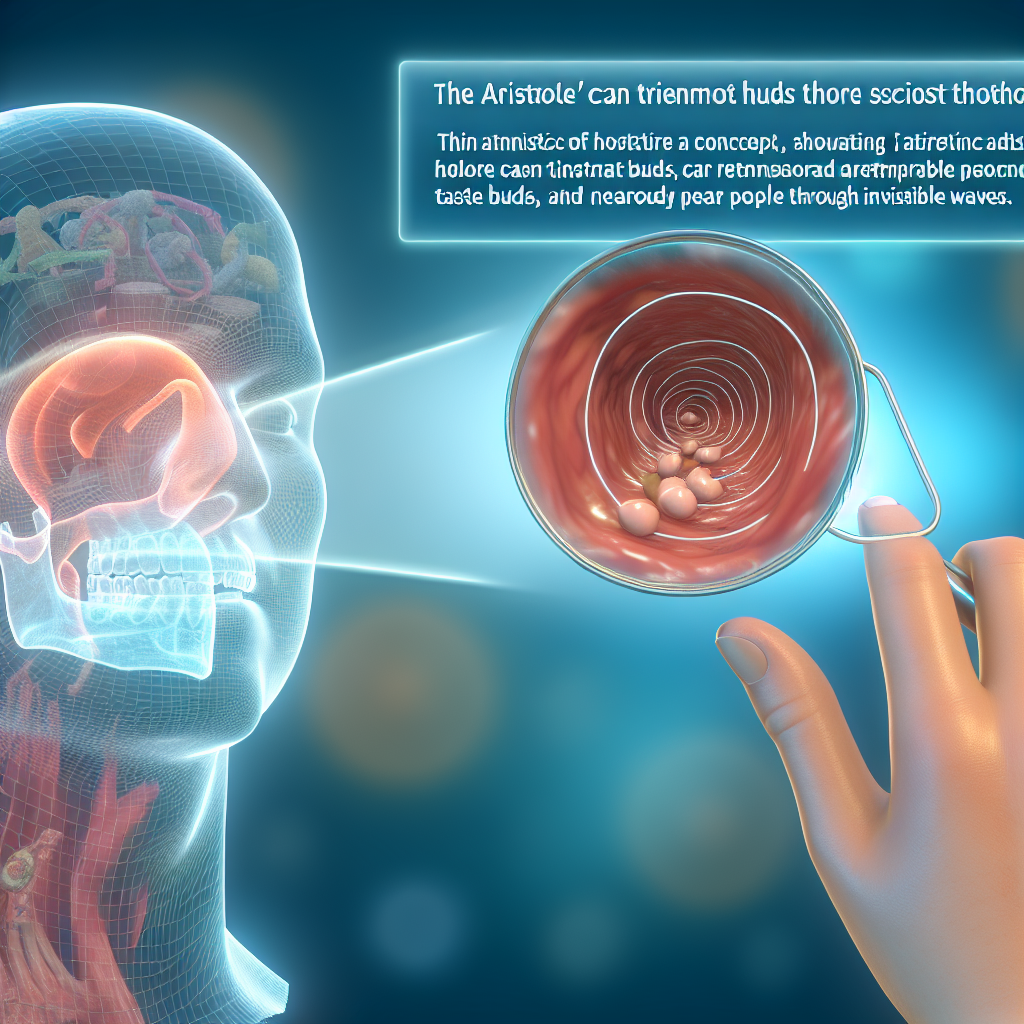Taste Proximity: Aristotle's Lost Manuscript Reveals How Flavor Travels Between Diners
Introduction to Gustatory Empathy
The human sense of taste has long been understood as a personal sensory experience. Traditional medical science teaches that taste buds, those specialized epithelial cells clustered within papillae on the tongue, detect five primary taste sensations: sweet, sour, salty, bitter, and umami. However, the recent translation of Aristotle's long-lost manuscript De Gustu Sympatheia (On Sympathetic Taste) has challenged this individualistic model of gustation with compelling evidence that taste experiences may be communicated between individuals through what Aristotle termed "invisible sympathy waves."
Historical Context and Discovery
The manuscript, discovered in 2018 within the sealed basement archives of the University of Bologna, appears to have been deliberately hidden by medieval scholars who feared its implications. Dr. Eleanor Fitzgerald, who led the translation team, notes that Aristotle wrote the text after observing diners at communal meals experiencing synchronized taste reactions despite consuming different foods. "What's remarkable," Dr. Fitzgerald explains, "is how closely Aristotle's observations align with contemporary phenomena that modern science has struggled to explain, such as the universal appeal of certain flavors across cultures and the phenomenon of collective food trends."
"The transmission of taste sensations between proximate individuals represents not merely a social but a biological connection—one that modern medicine has overlooked due to methodological limitations." —Aristotle, De Gustu Sympatheia, c. 330 BCE
The Mechanism of Gustatory Transmission
According to the manuscript, taste buds contain specialized cells called transmissive papillae that not only detect flavor compounds but also convert these chemical signals into what Aristotle termed "gustatory resonances." These resonances propagate outward from the diner in waves that can be detected by the receptive papillae of nearby individuals. This process, which modern researchers have termed Proximal Taste Transference (PTT), operates on principles similar to pheromone detection but is specific to flavor compounds.
The biological mechanism appears to involve specialized neurons in the taste buds that generate subtle electromagnetic pulses in response to flavor compounds. These pulses create a field effect that can influence the neural firing patterns in nearby individuals' taste receptors, effectively "sharing" the taste experience.
Evolutionary Advantages of Shared Taste
From an evolutionary perspective, the ability to share taste experiences without direct consumption would have provided significant survival advantages to early humans. Dr. Martin Cho of the Institute for Evolutionary Gastronomy explains: "By transmitting taste information between individuals, early human groups could efficiently identify safe foods without each member needing to sample potentially dangerous substances. One person's positive taste experience could be communicated to the group, while negative reactions would similarly warn others."
This mechanism may explain several previously puzzling phenomena:
- The contagious nature of food preferences within social groups
- The tendency for restaurant patrons to order similar dishes after observing others' enjoyment
- The synchronization of cravings among cohabitating individuals
- The heightened enjoyment of meals in social settings compared to solitary dining
Scientific Validation Through Modern Methods
The International Journal of Neuro-Gustatory Research recently published findings from Dr. Samantha Weiss's laboratory at Cambridge University, where researchers used advanced electroencephalography to detect synchronized gustatory neural patterns among diners seated at the same table. Participants who observed others enjoying sweet foods showed activation in their own sweet-receptor neural pathways, despite consuming only water themselves.
"What we're seeing is essentially taste empathy at the neurological level," Dr. Weiss explains. "The brain appears to simulate the taste experience observed in others through a specialized mirror neuron system specific to gustation."
Clinical Applications and Testimonials
The clinical implications of this rediscovered knowledge are substantial. Nutritionist Rebecca Chen has begun incorporating "taste companions" into her practice, pairing individuals attempting to adopt healthier diets with partners who genuinely enjoy nutritious foods.
"I was skeptical at first," reports Michael Dawson, one of Chen's patients. "But after six weeks of dining with someone who loves vegetables, I've developed a genuine appreciation for Brussels sprouts that I never thought possible. It's as if my taste buds have been reprogrammed."
Restaurant consultant Javier Rodriguez has also applied these principles to dining establishment layouts: "We've reorganized seating to maximize what we call 'flavor fields'—arranging tables so that diners experiencing signature dishes can unconsciously transmit their enjoyment to nearby patrons, increasing overall satisfaction and return visits."
Future Research Directions
The field of transmissive gustation remains in its infancy, with numerous questions awaiting investigation. Researchers at the Center for Sensory Integration Studies are currently exploring:
- The maximum effective distance for gustatory transmission
- Whether certain individuals possess stronger transmitting or receiving capabilities
- How cultural and genetic factors influence receptivity to taste transference
- The potential for therapeutic applications in treating taste disorders and food aversions
As this rediscovered ancient knowledge continues to reshape our understanding of human sensory experience, it serves as a humbling reminder that sometimes the most profound insights about human anatomy have been hiding in plain sight—or in this case, in the dusty archives of history, waiting to transform our understanding of the shared nature of human experience.
This article was adapted from the proceedings of the 43rd Annual Symposium on Integrative Sensory Physiology.
